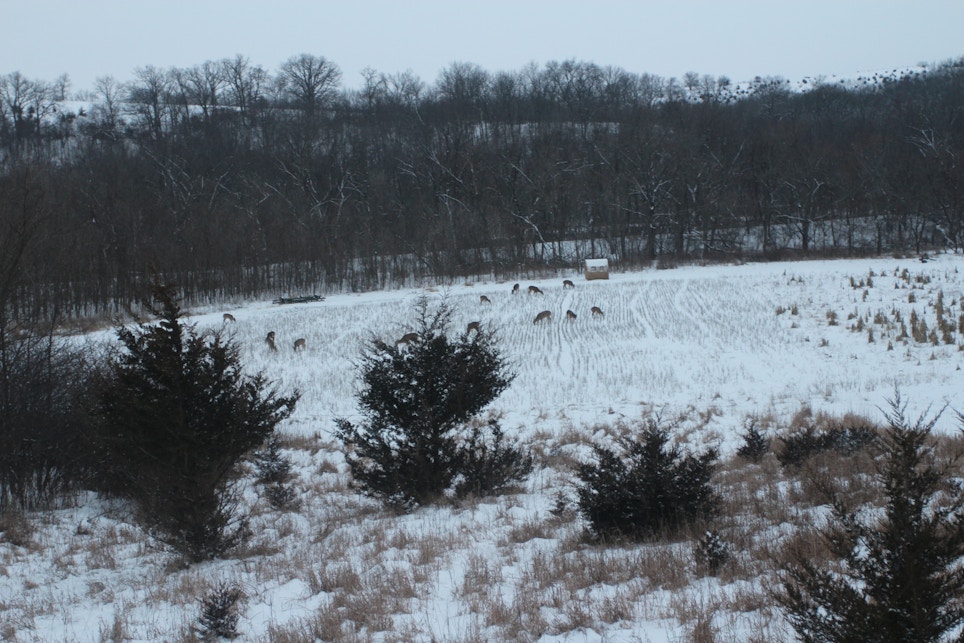Land managers typically plant food plots on their properties to draw and hold deer — to provide the nutrition they require and to increase hunting opportunities. It makes sense. Feed them and they will come. But it also provides a concentrated source of protein that draws predators such as coyotes to those same food plots. Feed them and they will come.
That’s why predator control should be an important part of any land/deer management effort. While studies have shown that’s it’s nearly impossible to rid a property of all its coyotes, it still makes sense that if predator populations are kept in check, the result will be lower fawn mortality — which should mean more mature bucks down the road.
I hunt turkeys on a working cattle/sheep ranch every spring where the owner exercises extreme predator control by hiring a professional trapper to keep predator numbers in check, and it’s not uncommon to see a coyote in a foothold trap while hunting on his land. Whitetail land managers can do the same. Most areas have locals who will trap coyotes for a nominal fee … or maybe even for free if they let them trap when fur is prime.
But why let the trappers have all of the fun? Many land managers are often open to letting predator hunters on their land after the deer season to go medieval on fawn-eating coyotes. Access to prime predator property might just be a knock on the door away. And since coyotes are concentrated on deer that are concentrating on food plots camping out on a bait pile in addition to calling can be a good strategy. Borrow some dead livestock from a local farmer, plant yourself downwind and wait the coyotes out.
Land/deer managers go through the trouble of creating a whitetail utopia, but then the coyotes move in. There goes the neighborhood, right? Maybe it’s time to lend a helping hand. Kill a coyote, save a fawn.






